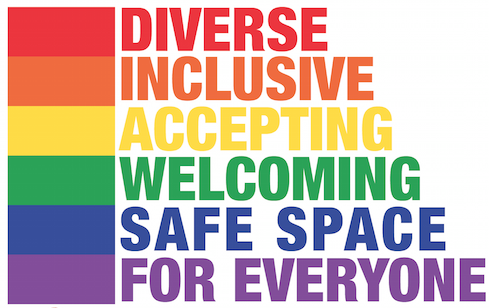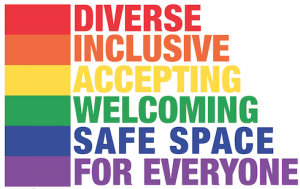Usually, those who are most hurt by censorship, surveillance and a lack of Internet freedom are the most marginalised members of society; people who have been too often excluded from the world of tech, policy and other important areas which impact Internet freedom and human rights. To face this problem, many groups have taken inspiration from the women’s liberation movement of the 60s and 70s, creating Codes of Conduct as a set of shared behavioural guidelines to ensure that the physical or virtual space they’re acting in becomes a safe space.
The Code of Conduct builder has been created to help community leaders implement a Code of Conduct that is both customized and has the ability to support all members of that community. Thoroughness and an understanding of the issues is key to successful implementation of a Code of Conduct, however, and that is why each section in this web-based tool features a clear explanation of the reasons for inclusion, live preview of the customized text and tips for enforcement.
Currently, resources for building a Code of Conduct for online and offline spaces (such as conferences and repositories) take the form of blog posts and copyable policies. There are lots of details, opinions (sometimes lacking consensus) and supporting processes to consider when creating a Code of Conduct, and the task of a good implementation can be overwhelming.
Unfortunately, because of this, organizers decide to either not have a Code of Conduct, or to copy and paste an existing one without properly considering how to support it. Both are poor solutions that fail to support attendees and can give them a false sense of security. The Code of Conduct builder is the first tool of its kind that goes beyond a customized Code of Conduct by also aiming to educate users on the various aspects of a well-implemented and supported policy.
By making the process of implementing a Code of Conduct more efficient and considered, the Code of Conduct builder helps event organizers, repository maintainers and other leaders to create a more inclusive community. This inclusivity helps to bring a wider range of voices, backgrounds and skills to the fight against censorship and surveillance. The end result being that the solutions produced are better suited to protect not just the majority, but really everyone’s digital and human rights.

